Enkianthus: description, planting and care
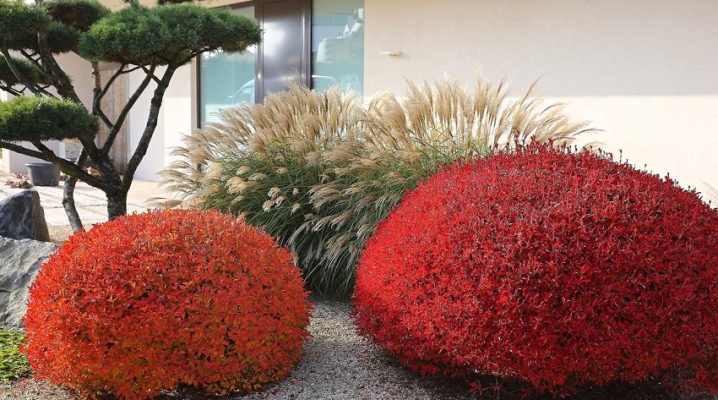
Many experienced gardeners choose a plant such as enkianthus for garden decoration. And beginners only have to figure out how remarkable this shrub is and how to grow it.
Description
Enkianthus is a dicotyledonous plant from the heather family. This genus includes 15 different species. The culture was discovered at the end of the 18th century by a missionary from Portugal who was fond of botany. João di Loureiro wrote his description of the encianthus in 1790. The name given to the flower is associated with the characteristic “sac” that develops at the base.
Enkianthus are exclusively shrubs or medium-sized trees, among them there are both deciduous and year-round plants that preserve foliage.

Characterized by flat and relatively large, petioled leaves. Their grouping at the ends of the branches is noted. Enkianthus buds are covered with scales. There are a lot of flowers, but their size is small. There are flowers of different colors:
- pink;
- pure white;
- wax;
- creamy.
The inflorescences are shaped like an umbrella or a shield. The formation of ovaries from above and the formation of fruit pods from 5 chambers are characteristic. In nature, the enkianthus inhabits the territory from the eastern part of the Himalayas to Japan inclusive. You can see it in Taiwan and less often in the north of Indochina.
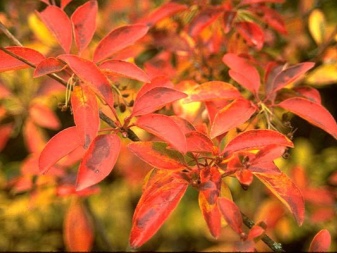
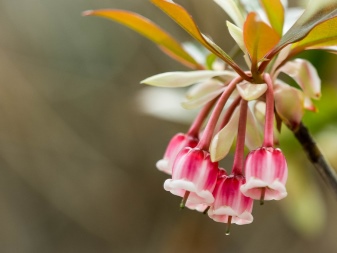
Species overview
The bell-shaped enkianthus inhabited mainly the territory of Japan. It is found even in relatively cold Hokkaido. The height of the bushes reaches 2-2.5 m. They are characterized by a whorled arrangement of the stems. They are covered with pinkish bark.
A typical feature of bell-shaped plants is the amazing variety of corolla coloration. You can see both creamy lemon, and delicate orange, and even white specimens. Another Japanese endemic species is the wilted enkianthus. He also has white bell-shaped corollas. One inflorescence has from 10 to 12 corollas.
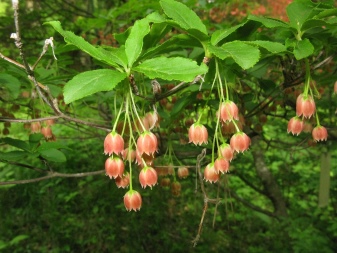
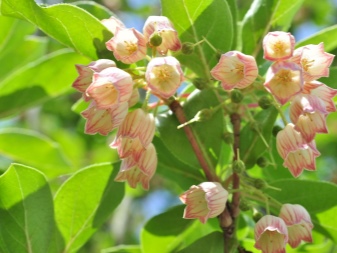
But the Japanese species also has a brighter subtype "Rubens", which every spring is covered with thick red inflorescences. They are formed by medium-sized flowers, similar in shape to goblets. The edges of these flowers are fringed. In autumn, the plant is decorated with a purple-red crown. The bud-scale encianthus is found in nature in Honshu, Shikoku, Kyushu, Taiwan.
Sometimes it is found in other places, but much less often. A characteristic feature is white flowers, gathering in umbellate inflorescences. With the beginning of autumn, the crown turns crimson, and this gives an extraordinary effect surrounded by emerald green leaves.
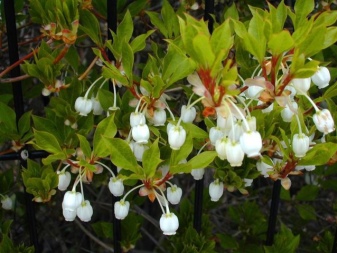
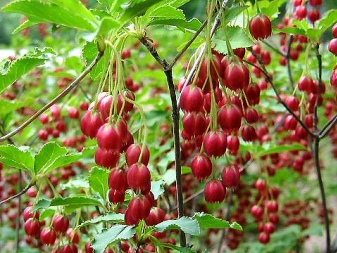
The Chinese enkianthus stands out primarily for its significant growth. Its height can exceed 4.5 m. This plant inhabits almost the entire territory of the PRC. Its leaves have reddish petioles. Inflorescences can have both umbellate and corymbose shape. They include from 10 to 20 red (sometimes orange-yellow) flowers. The bell-shaped structure is characteristic of the flowers.
The winter hardiness of the encianthus is quite large. In the open field, this plant will survive in frost - 20 degrees. But if you arrange a snow dune, the shrub will be able to survive even the most severe cold. With sufficient snow cover, a special shelter is not needed at all. It is also useful to take into account the characteristics of individual varieties.

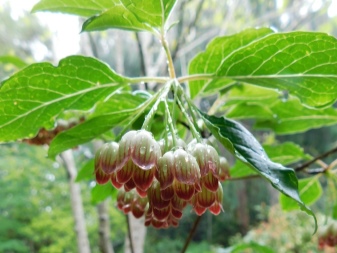
A delicate pink color is characteristic of the Akatsuki variety. From Japanese this word is translated as "dawn" or "dawn". If you want to use a darker plant, look out for Bruce Briggs. The plant was recently bred in one of the nurseries in the state of Massachusetts.
The dark red color is characteristic of the Donardensis cultivar. Its flowers are twice as large as those of ordinary species. Curiously, no one took him out on purpose. The plant was found among self-seeding, which appeared in one of the nurseries in Northern Ireland. A creamy tone with a pale pink tint is found in the Hollandia variety, aka Hollandia Red.
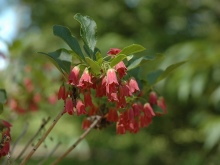
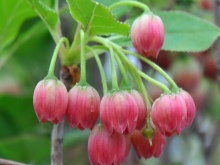
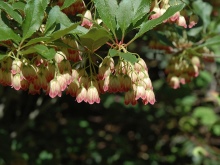
"Red Bells" has relatively expressionless flowers. However, this is a species norm. They are much more attractive in Princeton Red Bells, which has a very dark red color. The culture was first shown publicly in the late 1970s. However, gardeners may not be limited to some red and pink varieties of encianthus.
So, the white color is typical for the Renoir variety. Rather, it has creamy white flowers. The corolla is covered with thin pink petals. The plant was developed in the United States in the 1980s. The variety is rarely seen, since it has not been officially supported since 1999.
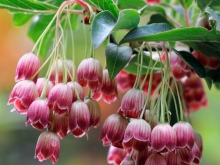
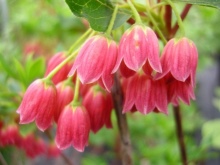
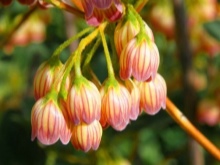
The creamy white color is characteristic and for Wallaby variety... This is a low dwarf bush, the foliage of which is painted in a rich scarlet tone in autumn. Judging by the feedback from professionals, the culture is not growing very actively. Other varieties deserve attention:
- Tokyo Masquerade;
- Fasers Picotee;
- Green Shades;
- Summer Hill;
- Yanagiba;
- Compactus.
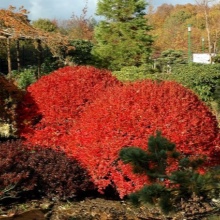

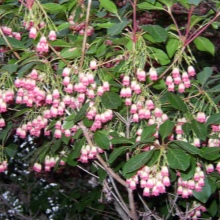
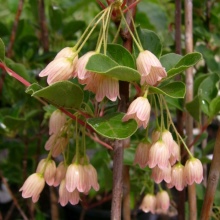
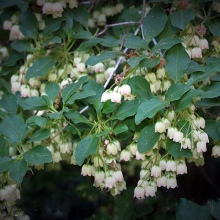

Landing
Planting encianthus is done only in sunny or slightly shaded areas. Be sure to choose a place that is not blown by the wind.
You can plant a plant only with seedlings and not earlier than the last decade of April.
Before this, a medium-sized pit is prepared, which is filled with partially crushed expanded clay. The addition of sand to the ground helps to increase ventilation and soil irrigation.
Sometimes, if the earth has too strong an alkaline reaction, it is acidified with the addition of rotten needles... Immediately after planting the enkianthus, the ground is watered, covered with crushed bark. You can put it thicker and more. Important: mulching with peat and sawdust is pointless. The mulch is renewed in spring and during the summer, with the onset of autumn weather, a little compost is added to it.
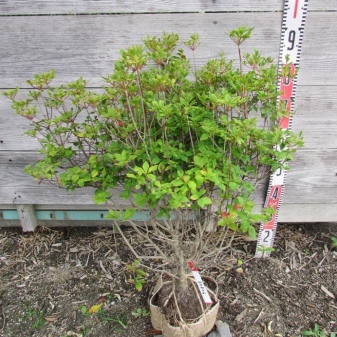
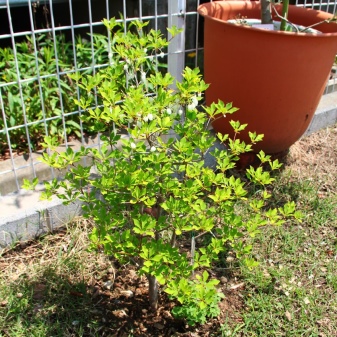
Care
This crop does not cause particular difficulty when grown in the Moscow region and other regions.
Watering the encianthus is necessary only after the ground surface has thoroughly dried.
Even a short drought affects the plant better than excessive irrigation. It is recommended to add a small amount of oxalic acid to the water. The shrub can grow in one place for a long time, and it is rarely transplanted.
This is usually required when the wrong breeding site is chosen. Such an error manifests itself in slow growth or in the fact that the encianthus stops growing altogether. It is necessary to transplant it, transferring the earth into a new planting pit. The place for it is selected as carefully as possible and must take care of the drainage. Important: in a new place, the shrub adapts in a few months.
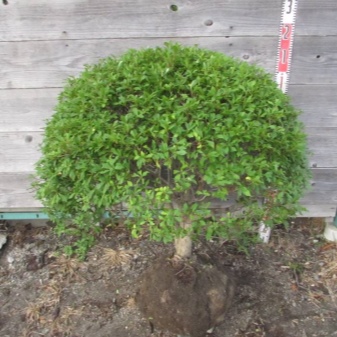
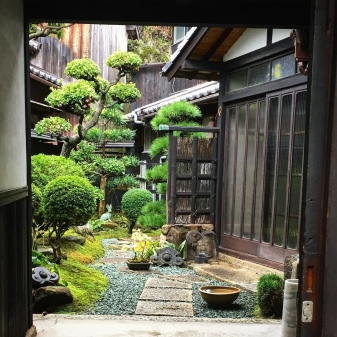
With the arrival of spring, fertilizer is used for rhododendrons. It must be mixed with compost. It is necessary to feed any variety by laying the mixture in the top layer of the soil. Autumn feeding is also needed. For this purpose, compost is used, which is spread directly on the mulch.
Pruning encianthus is contraindicated.
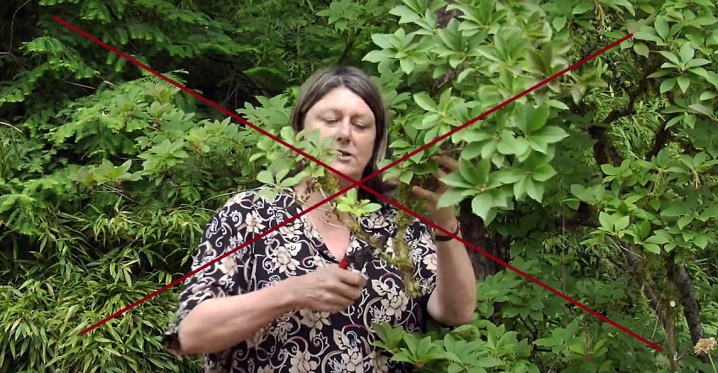
Initially, these bushes will look beautiful. Their inflorescences are formed only on old shoots. It is only necessary to take a secateurs to remove dried and outdated branches. Preparing for winter includes:
- mulching the adjacent circle;
- bending of branches;
- creating a shelter from spruce branches and dry foliage;
- covering this thermal barrier with non-woven material (the entire shelter is dismantled when the danger of frost disappears).
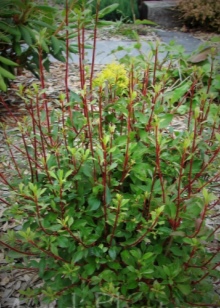
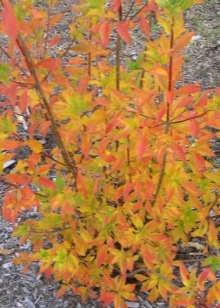

Breeding options
Gardeners choose the most convenient breeding methods for themselves. And this can be done in three ways.
- Seeds Enkianthus is sown in a mixture of peat and heather soil. Seedlings are kept in a container in a warm place under a film. Every day the greenhouse is ventilated and irrigated. The sprouts will be in a month. They are transplanted to a permanent place after lignification.
- Cuttings taken in August and rooted. Roots will emerge in 45 days. They are planted in a permanent place next spring.
- The lower shoots go to the layers. About 0.2 m is buried, sprinkled with soil, moistened and sprinkled with compost on top. Once the cuttings have taken root, they can be detached from the main plant.
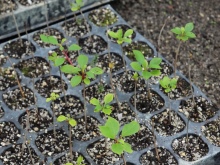
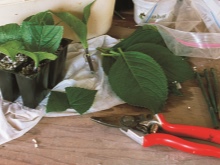
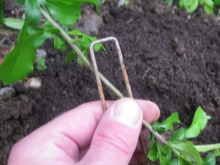
You can watch the video about the encianthus.







































































































The comment was sent successfully.